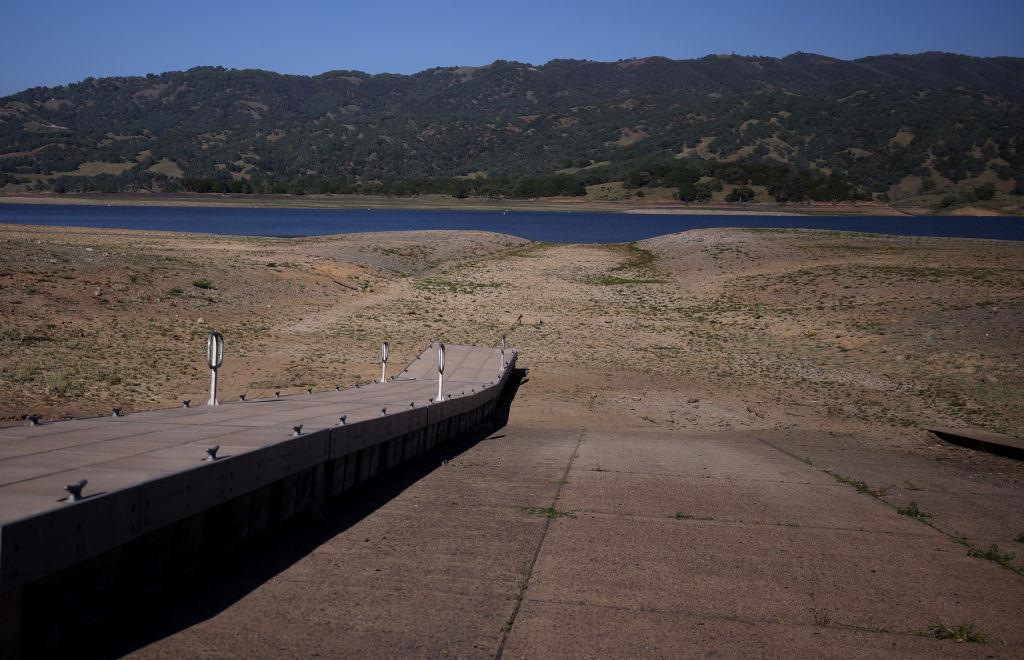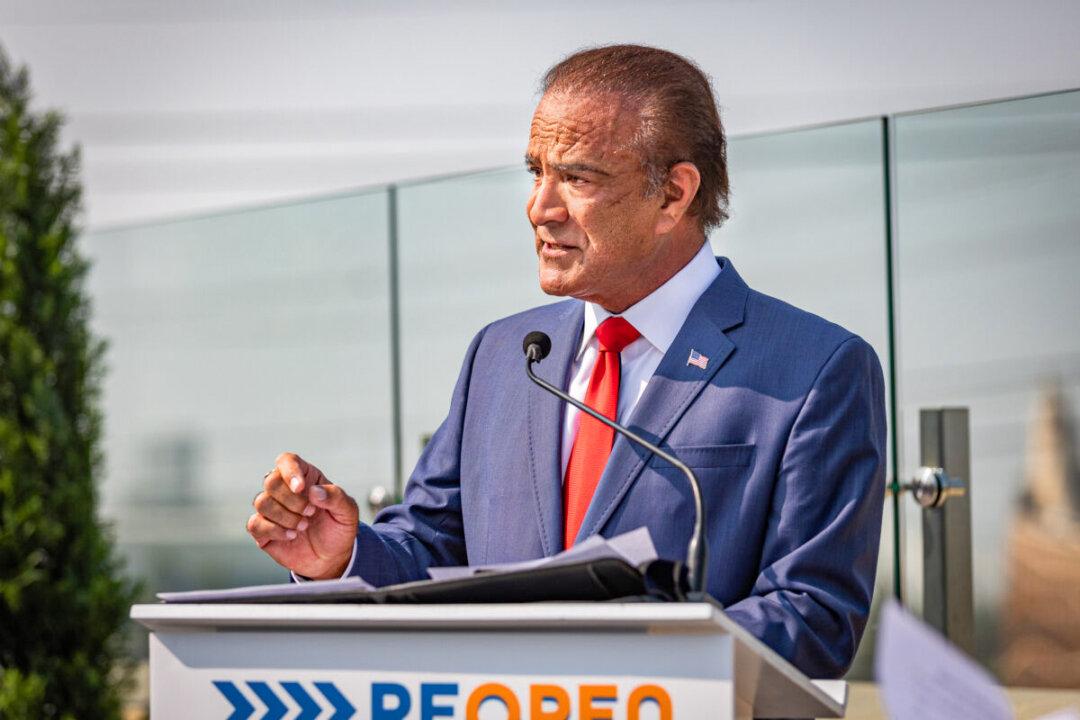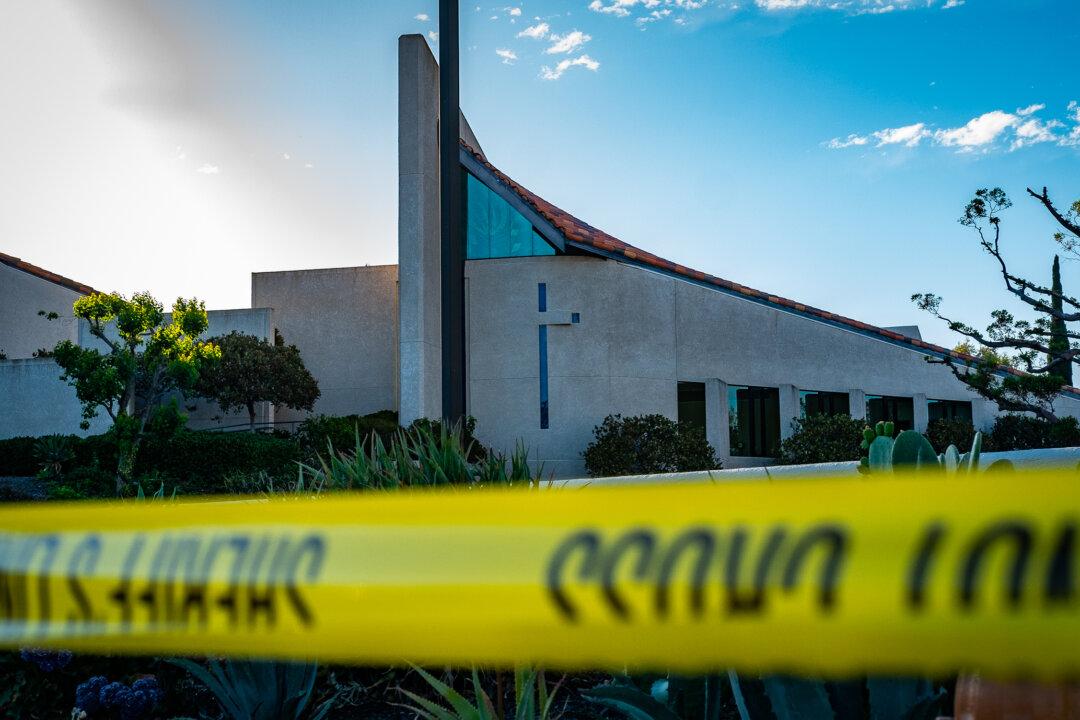One of Northern California’s tourism hot spots faces a water shortage that threatens to shatter businesses as visitors from across the state flock to the county.
Wells are drying out in Mendocino County amid the raging state drought. As water prices are expected to increase, small business owners will suffer as restaurants and inns may not be able to able to cover the costs of running water.




